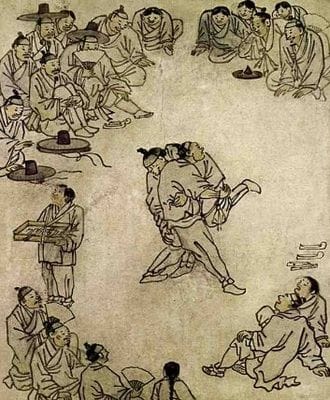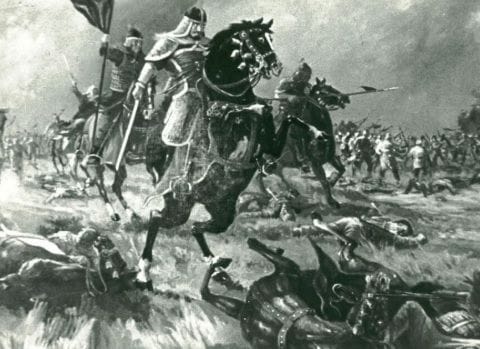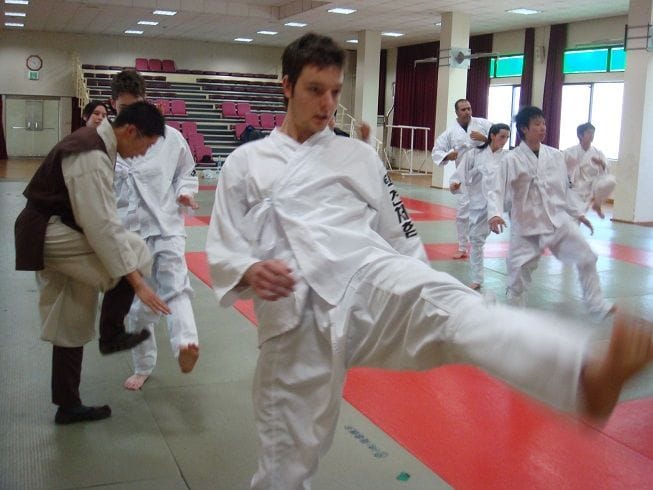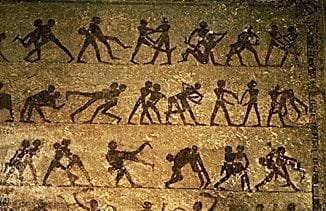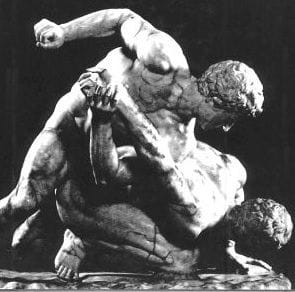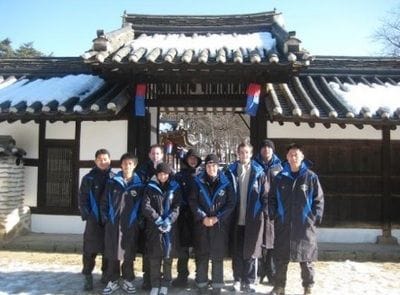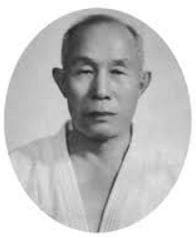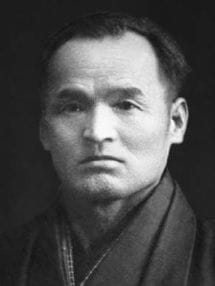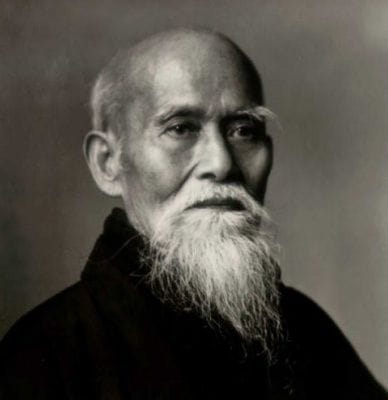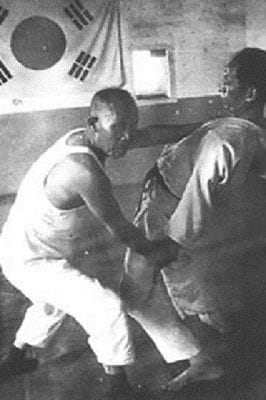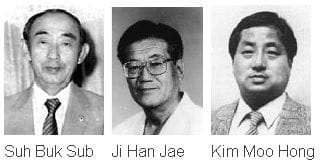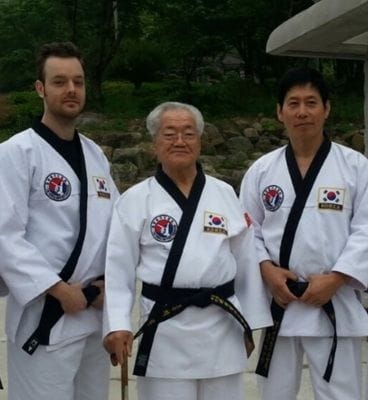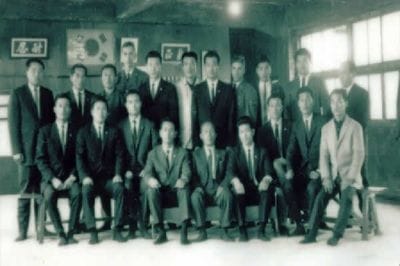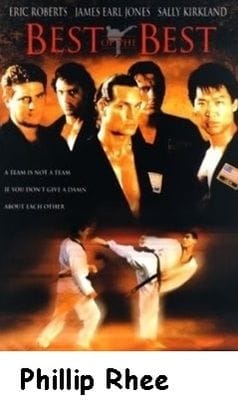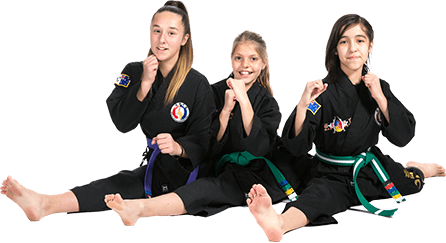The history of martial arts in essence has been passed down by word of mouth as very little was written down until recent times. Fighting styles, however, have existed since the beginning of time and developed concurrently in many different regions all around the world. When we seek to understand the evolution of Hapkido or Jujitsu, let's begin on the history in Korea and we will progress to the evolution of martial arts around the world.
The first Korean city is thought to be that of Gojoseon founded around 2300BC, this is known as the Dangun period. After a long history of tribal wars and conflicts with the Chinese, three powerful kingdoms emerged - Koguryo, Silla and Paekche. This was the beginning of the Samguk period (Three Kingdoms Period 18BC - 668AD).
During this period Korean economy, architecture, literature and arts flourished. Chinese influences were reinterpreted in a distinctive Korean manner. Buddhism became the State religion of all three kingdoms and was eventually transmitted to Japan by way of the Paekche kingdom during the sixth century. Increasing contact between the cultures of Korea, Japan and China not only influenced their societies but their native martial arts as well. As warriors met in combat, the evolution of new and superior techniques occurred.
Evidence of native empty-hand Korean martial arts first emerged during the Three Kingdoms Period. Paintings and statues of warriors displaying fighting techniques are found throughout the royal tombs of Koguryo. The term "Su Bak" was used to describe empty handed striking techniques. Ssirum was a system of wrestling and grappling (pictured) which still exists today as a Korean national sport and shares a similarity to Japanese Sumo wrestling.

